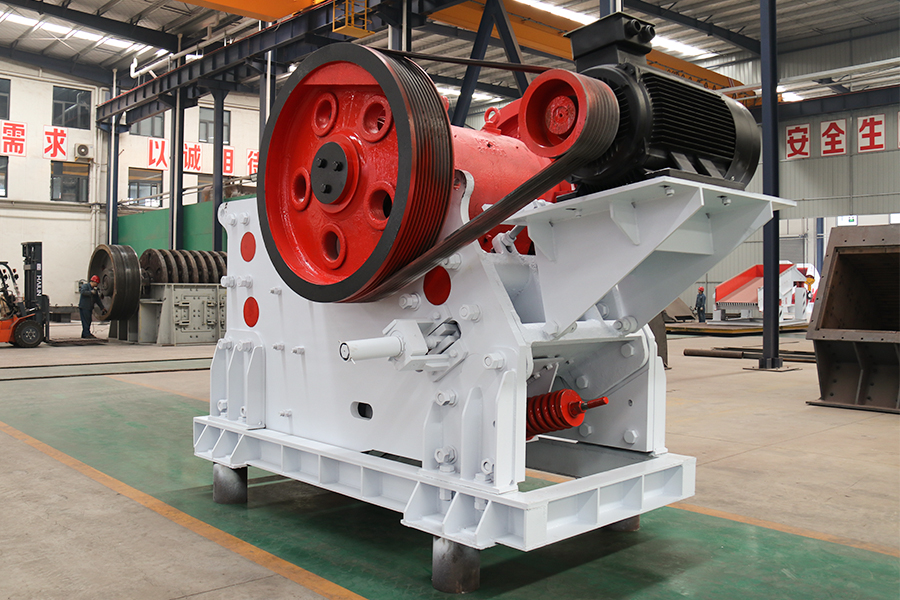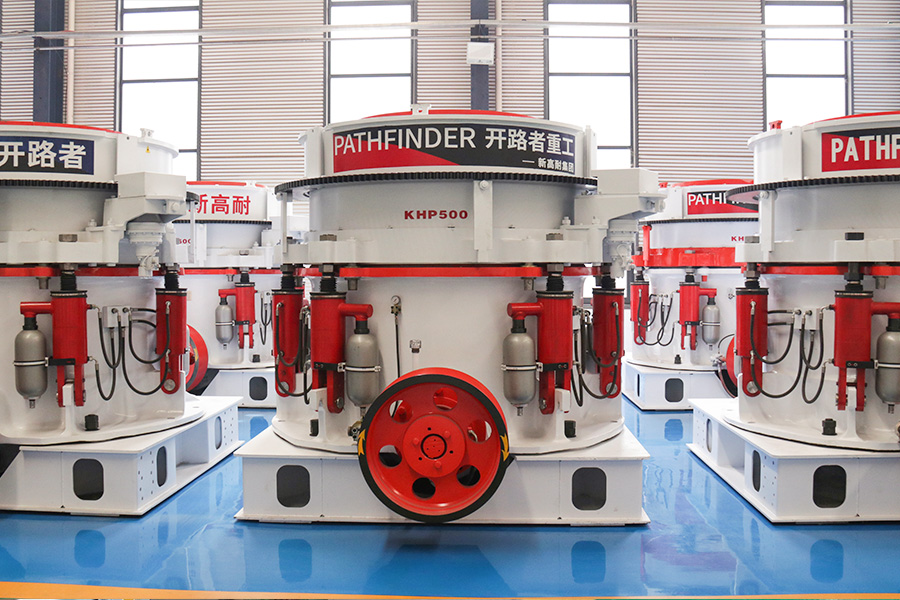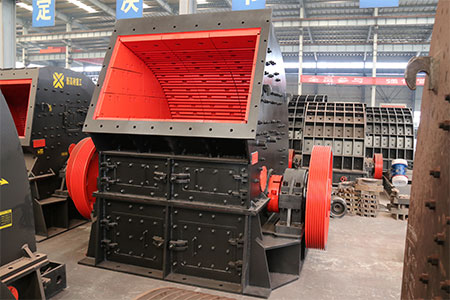
 xgncrusher
xgncrusher
In the sand and gravel production line, the selection of wear-resistant materials is crucial, because equipment in the production line such as jaw crusher, cone crusher, hammer crusher, vibrating screens, etc. will face varying degrees of wear. Here are some factors to consider when choosing wear-resistant materials:

PEV Series European Jaw Crusher

XHP Series Multi Cylinder Hydraulic Cone Crusher

XGN-Z series heavy hammer Crusher
1. Wear characteristic analysis: First, analyze the wear types faced by each equipment in the sand and gravel production line, such as abrasive wear, impact wear, fatigue wear, etc., as well as the hardness, shape, humidity and other characteristics of the material.
2. Equipment working conditions: Consider the working environment of the equipment, such as temperature, humidity, corrosiveness, etc., and select wear-resistant materials that can adapt to these conditions.
3. Material performance requirements: According to the degree of wear and equipment life requirements, select materials with appropriate hardness, toughness, corrosion resistance and other properties. For parts with severe wear, it may be necessary to choose high-performance wear-resistant materials such as high manganese steel, alloy steel or ceramics.
4. Cost-benefit analysis: Weigh the cost and service life of materials. For some non-critical components or components with light wear, lower-cost materials can be selected, while for components with severe wear, high-performance wear-resistant materials should be selected to reduce long-term operating costs.
5. Processing and maintenance: Consider the processability and maintenance convenience of wear-resistant materials. For example, some high-performance wear-resistant materials may require special processing or maintenance measures.
6. Market availability: Consider the supply and market availability of selected materials to ensure timely replenishment or replacement when needed.
7. Regulations and standards: Follow relevant industry standards and regulatory requirements, and select wear-resistant materials that comply with regulations.
8. Practical experience: refer to the experience of using wear-resistant materials in similar production lines or equipment, especially successful cases.
In sand and gravel production lines, commonly used wear-resistant materials include:
- High manganese steel: suitable for crusher parts with severe impact wear.
- Alloy steel: suitable for a variety of wear environments and has good overall performance.
- Ceramics: Suitable for occasions with very serious wear, such as the manufacture of crusher linings or grinding balls.
- Nickel carbide: suitable for high stress wear and corrosive wear environments.
- Wear-resistant rubber: suitable for vibrating screen mesh or situations where shock absorption is required.
Based on the above factors, appropriate wear-resistant materials can be selected according to the specific needs and budget of the sand and gravel production line to achieve efficient and stable operation of the equipment.
Author: Xingaonai
Reprint address: https://www.xgncrusher.com/Industralnews/159.html
Copyright © 2016-2030 Xingaonai Group All Rights Reserved. Xingaonai Sitemap